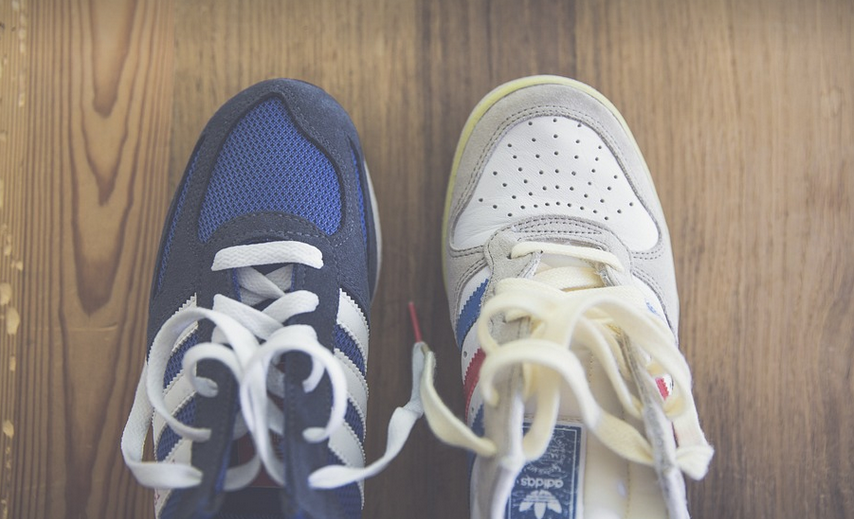Banishing That Gas Smell From Your Gloves: A Step-By-Step Guide

A Problem We All Know Too Well
We’ve all been there. You’re in a tight spot, wearing your trusty work gloves, and suddenly, that unmistakable smell of gas wafts into the air. It can be a real headache – literally! The smell is persistent, clinging to your gloves until you get rid of it completely.
And while the source might be something simple like spilled fuel or faulty equipment, the lingering odour on your gloves can create a bigger problem than just an unpleasant experience. Your hands will feel sweaty, sticky and uncomfortable as if carrying that smell with you all day long. It’s enough to make anyone want to ditch their gloves and run for cover.
But fear not! We’re here to guide you through the process of getting that gas smell out of your gloves like a pro. Don’t worry, we’ve got you covered with tips and tricks that will leave your gloved hands smelling fresh again.
Understanding the Source of the Smell
The first step in tackling the problem is understanding where the smell comes from. It’s important to know why you’re dealing with this smell in the first place. Are your gloves exposed to gasoline, propane, or natural gas? Identifying the source will help you take more targeted steps for removal.
For instance, if it was a spill of fuel like gasoline, you might need a stronger approach. If it involves propane or natural gas leaks, you’re dealing with something that requires professional attention and potentially immediate evacuation.
Regardless of the source, understanding how to safely address the issue will help you choose the right solution. If this is an ongoing issue in your workplace, make sure to speak up to your supervisor about safety protocols or potential hazards.
If you’re dealing with a leak from a vehicle’s fuel system, you should always prioritize safety and call for professional help. The last thing you want is a fire caused by gas fumes or an explosion in the glove compartment!
What Causes That “Gas Smell”?
So, what exactly is causing that unwanted odor? It boils down to volatile organic compounds (VOCs). These are chemicals found in gasoline, natural gas, and propane. Those chemicals release a strong smell when exposed to air.
The reason these gases are so problematic is because they’re easily detected by our senses. This makes them hard to ignore, and once that smell gets associated with your gloves, it stays with you. They become a constant reminder of the gas leak or spill, making it a problem for most people.
Another important factor is how these VOCs are absorbed into materials like fabric. Gloves are porous, which means they can soak up these volatile compounds from the atmosphere and hold onto that smell for an extended time. That’s why even after washing your gloves, you might still encounter a lingering odor.
The Key to Removing the Smell: A Multi-Stage Approach
Getting rid of that gas smell requires more than just throwing them in the washer. You need a strategic multi-stage approach. Think of it as a cleanup protocol for your gloves, and here’s how:
**Step 1: Preparation** Start with fresh air and open windows to get some fresh air circulating. This helps remove any lingering fumes before you begin working.
**Step 2: The Power of Soap and Water** This is your primary weapon. Use a mild detergent specifically designed for washing delicate materials. Avoid harsh chemicals, as these can damage the fabric of your gloves and even make the smell worse. Rinse thoroughly to get rid of any residual soap or cleaning product.
**Step 3: The Magic of Baking Soda** Baking soda is a natural odor absorber. Add a generous amount of baking soda directly onto the glove’s interior surface before washing them—not just in the washing machine. This will help neutralize the smell and keep your gloves smelling fresh.
**Step 4: Air Dry Thoroughly** After washing, hang up your gloves to dry completely away from direct sunlight or heat sources. Sunlight can accelerate fading in fabric, so it’s best to go for an air-dry method. This helps prevent mold and mildew growth while also ensuring a good smell.
**Step 5: The Power of Ventilation** Once the gloves have dried thoroughly, let them sit open in a well-ventilated area. This helps eliminate any residual odors and ensures your gloves are free from lingering smells.
We are confident that these simple steps will help you erase those unwanted gas smells from your gloves and keep you smelling fresh and confident throughout your day.
A Few Extra Tips for Success
Here’s a few extra tips to make the process of getting rid of that gas smell even smoother:
**1. Ventilation is Key:** Ensure proper ventilation in your workspace, especially when working with potentially hazardous materials. Open windows and use fans to circulate air.
**2. Gloves on a High-Quality Soapbar:** While the soap you’re using for cleaning is important, it also helps prevent odors from setting in early on. Try using a high-quality soap bar that has a mild fragrance or scent-neutralizing qualities.
**3. Go Easy with the Detergent:** Too much detergent can actually make things worse. Use only a small amount and rinse well to avoid leaving residue.
**4. Baking Soda is Your Friend:** Baking soda is your secret weapon. Add it to your washing machine before the wash cycle to help absorb the smell of gasoline or natural gas.
**5. Check for Leaks:** If you’re dealing with a leak, call for professional help to identify and fix the source. Don’t take chances with safety!
**6. Keep Your Gloves Clean:** Cleaning your gloves regularly not only removes dirt and grime but also helps prevent the smell from accumulating.
**7. Don’t Forget Hand Sanitizer** In some cases, hand sanitizer can be helpful for a quick fix. While it might not fully neutralize the smell, it can temporarily mask it until you can get to cleaning properly.
Conclusion: Embrace Freshness!
Getting rid of that gas smell from your gloves doesn’t have to be a chore. With these techniques in place, you’re well on your way to achieving fresh and clean gloves. Remember, it’s all about the details – washing properly, using the right materials, and prioritizing ventilation. And most important, stay safe!


